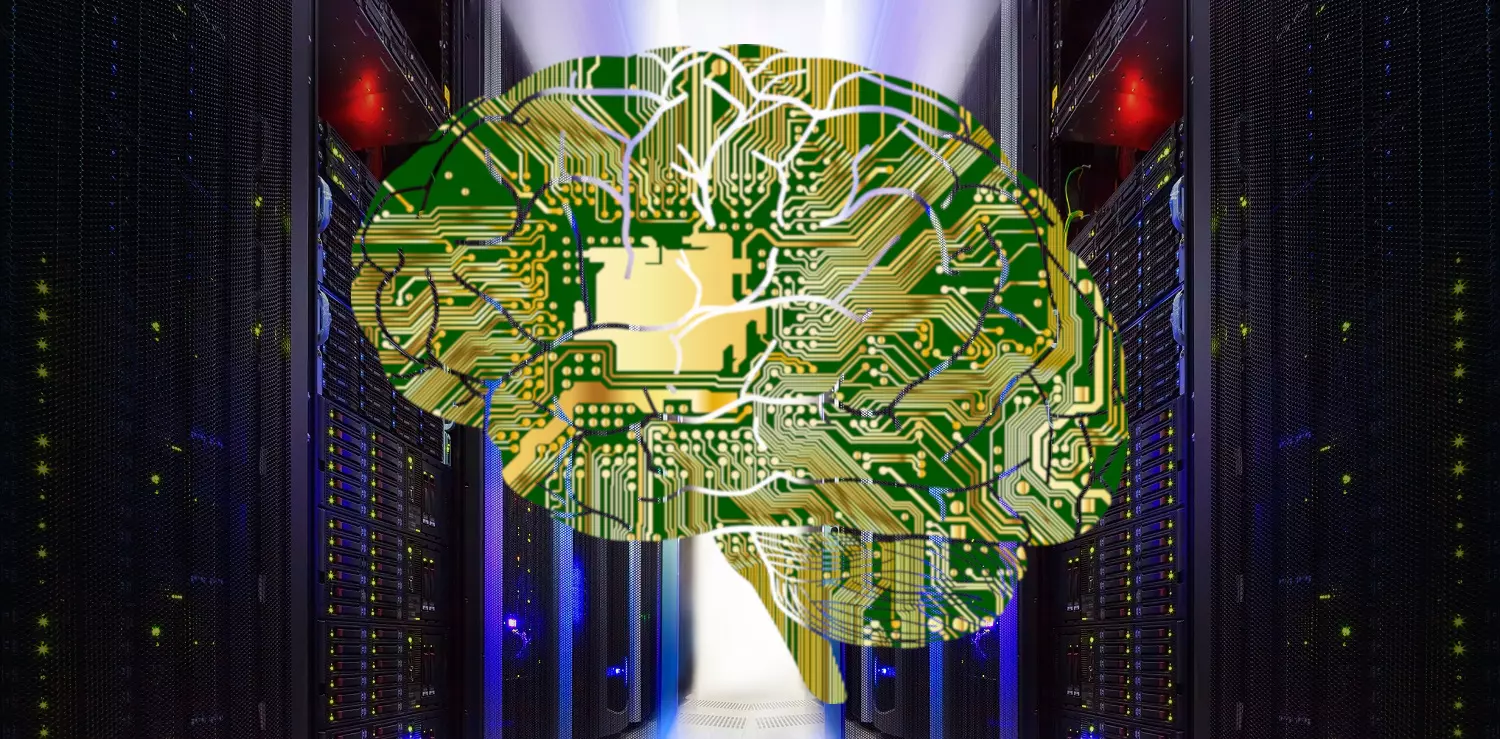[Originally published as Our Best Computer is Positively PRIMITIVE Compared to the Human Brain]
I have been working on my new book, Science in the Atomic Age, which (Lord willing) will be published this summer. In the section where I cover the nervous system, I compare a mouse brain and a human brain to computers. It’s rather fascinating. Below, you will find a slightly-edited excerpt from that discussion. Please note that the students have already learned that neurons are cells found in nervous tissue and that the integumentary system is the system of organs that makes your skin:
The brain has three major divisions:
- the cerebrum (suh ree’ brum)
- the cerebellum (sehr’ uh bell’ uhm)
- and the brain stem.
The cerebrum is in charge of most of the really complicated things that the brain does. For example, it receives signals from your eyes and interprets them so that you can see. It receives signals from your ears and interprets them so you can hear. It receives signals from all the nervous tissue in your integumentary system so that you can figure out what you are touching as well as things like whether you are too warm, too cold, or comfortable. It also helps you learn, and it stores your memories. All this takes a lot of work, so it requires a lot of neurons.
How many neurons? The average adult cerebrum contains about 20 billion neurons. That number doesn’t mean very much by itself, so by comparison, the average adult mouse cerebrum contains about 2.5 million neurons. So the human cerebrum contains about 10,000 times as many neurons as a mouse’s cerebrum. Of course, a mouse is much smaller than a person. By weight, a person is about 3,000 times as heavy as a mouse. At least part of the difference between a mouse’s cerebrum and a person’s cerebrum is due to that. But people are much more intelligent than mice, and the number of neurons in the cerebrum must also be related to that.
So let’s look at another comparison. In 2014, a study tried to compare the complexity of the brain to that of a computer. The study concluded that a personal computer could simulate the processes that are known to happen in a mouse’s cerebrum, but it wasn’t nearly as fast as a mouse’s cerebrum. The personal computer ran those processes about 9,000 times slower than the mouse’s cerebrum.
In addition, remember that neurons need energy to stay alive and do their job, while computers need energy (in the form of electricity) to do their job. The personal computer simulating a mouse’s cerebrum was not only a lot slower than the mouse’s cerebrum, but it also consumed 40,000 times more power! In other words, a personal computer is very slow and inefficient compared to the cerebrum of a mouse.
So what about a human cerebrum? How does it compare to a computer? Right now, there is no computer in the world that could even attempt to simulate what we know goes on in a human cerebrum. The world’s most powerful computer is the Summit supercomputer. It has a million times the computing power of the best personal computers, but it is still ten times too weak to simulate what we know goes on in the human cerebrum. The study I have been talking about indicates that even if a computer capable of simulating a human cerebrum gets built, it will require 42 million times the power that the average human cerebrum requires. So our very best computers are primitive compared to the human brain!
What Does This Mean?
Now before we continue this discussion, I need to make two points. The first one is obvious. Since our very best computers can’t come close to simulating what we know happens in a human cerebrum, it is rather obvious that the human cerebrum is very well designed. It should be, since it was made by the ultimate designer, God.
But let’s consider the mouse’s cerebrum. Even though we can simulate what we know happens in a mouse’s cerebrum with a good personal computer, the computer is still very slow and inefficient compared to the mouse’s brain. Once again, that’s because the ultimate Designer, God, makes better things than we can.
The second point is also very important. Did you notice how I kept saying that computers can “simulate what we know goes on in a” cerebrum. The “what we know goes on” is very, very important. We don’t know everything that goes on in a cerebrum, and even if we did, we probably wouldn’t understand it. We know a lot about brains, but most scientists who study the brain will tell you that there is probably a lot more that we don’t know!
So even though a personal computer can slowly and inefficiently simulate what we know goes on in a mouse’s cerebrum, it can’t “think” like a mouse. That would take a level of understanding that we haven’t come anywhere close to achieving. In the same way, even if there comes a time when a supercomputer can slowly and inefficiently simulate what we know goes on in a human cerebrum, it will not be able to think like a human, because we don’t understand anywhere close to what we would need to understand in order to get that job done!






